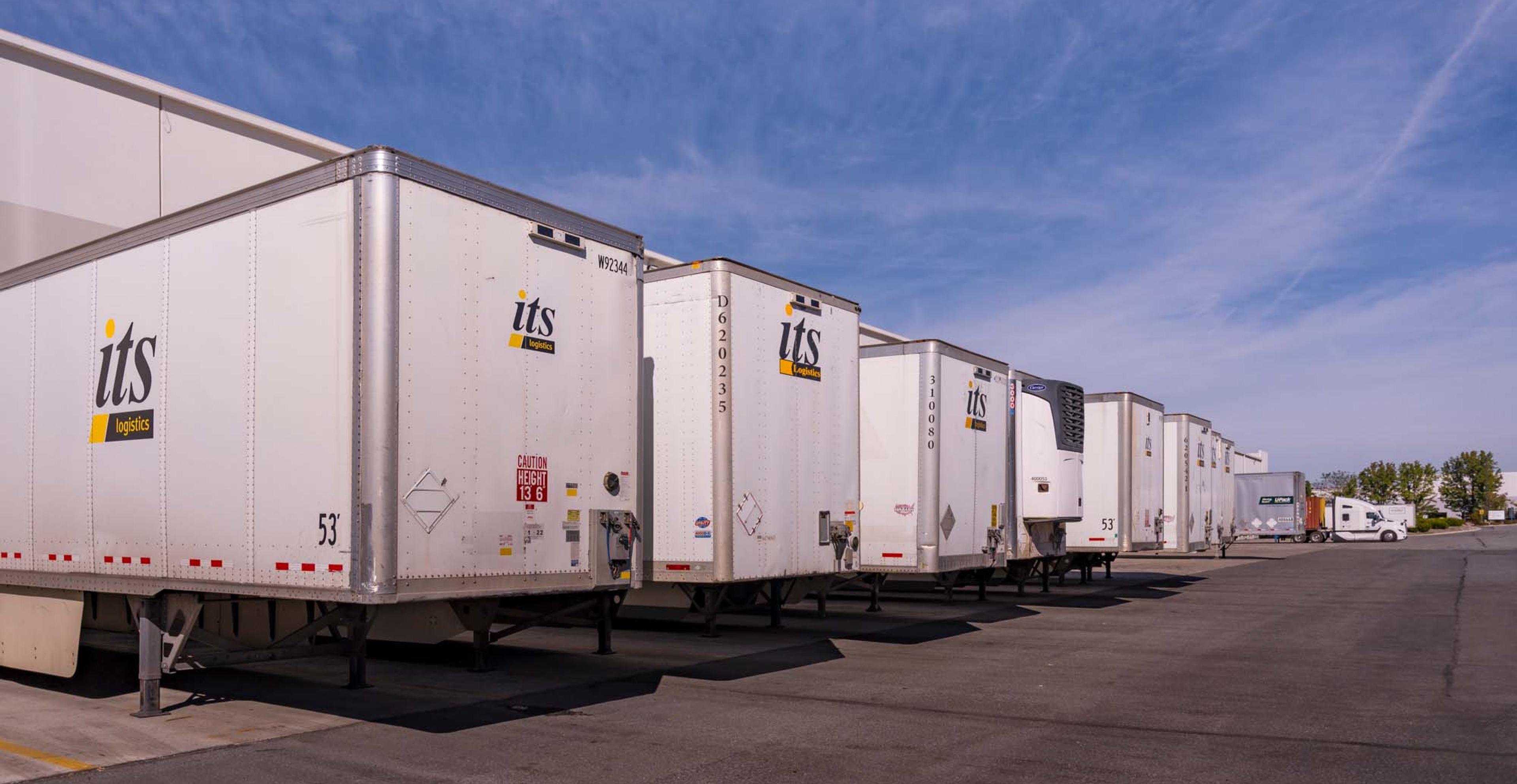
Soft peak shipping season weakens shipping costs
Peak shipping season did not live up to its name in 2022. Demand was soft as consumers struggled with inflation and shifted spending from goods to services. This weaker retail environment together with a glut of domestic US inventory still plaguing the market has created a wicked combination for the start of 2023.
Holiday shoppers put a slight dent in 2022 inventory, with sales between November 1 and December 24 rising 7.6% YOY. However, sales looked different than in prior years as retailers discounted heavily and consumers focused their dollars more on experiences and gatherings. Consumer spending accounts for nearly 70% of all US economic activity and higher prices for necessities due to inflation are taking a toll.
Peak season typically carries over all the way up to Lunar New Year, beginning this year on January 22. With demand falling relatively flat this year, December air cargo volumes are down 8% YOY and 13% compared to 2019. This marks the tenth consecutive month of falling demand, according to Clive Data Services.
Experts are also seeing freight booking cancellations for later this month into mid-February, indicating a further drop in air and sea freight demand. As global manufacturers continue to battle labor constraints, production schedules have been reduced and there is even less freight to move.
2023 rate outlook
While it is difficult to pinpoint exactly how freight rates will change in 2023, there are some notable adjustments already happening. Ocean and truck rates are currently being affected the most out of all major modes as they have undergone significant drops. The decline indicates a year of change on the horizon as the robust demand for import cargo typical of the last few years has disappeared. Major contracts will soon be up for negotiation and those numbers, in addition to spot rates, will be a firmer indication of market direction.
Ocean carriers have been blanking more sailings than ever as freight rates from Asia declined amidst reduced demand. Exporters and importers using international ocean transportation this year will have the opportunity to take advantage of lower costs, similar to pre-pandemic rates. The last two years saw prices reach an extreme high due to consumer goods demand, shipping under-capacity, and ongoing supply chain disruptions. The ocean transportation sector is expected to largely normalize in 2023.
The trucking industry benefitted from the surge in freight as consumers first bulked up on products during the pandemic, driving up freight rates. The industry is divided by smaller players, with less than 1% of carrier companies having more than 100 tractors. This creates a variety of rates combined with a near unlimited number of scenarios for moving freight. The barriers to entry for a carrier are low and it’s easy for companies to exit the market when rates fall, and capacity rises. For this and many other reasons, the trucking freight industry tends to emulate a boom-and-bust cycle. Pricing across the board within trucking might firm up later this year if the bloated retail inventories decrease and inflation begins to lessen.
Relationships with customers
“With all the recent changes in the market, the big thing going into this year is that customers will have their choice of a wide range of logistics providers. I strongly believe that service is the number one determining factor of that choice. There will always be an ebb and a flow in this industry, but at the end of the day strong partnerships will weather any storm.” says Manny McElroy, senior vice president of transportation at ITS Logistics. “At ITS, the number one thing that we focus on with our customers is building a relationship. Our commitment to our customers revolves around service and communication. That’s who we are and the relationships that we want.”
Freight volume uncertainty remains
While the supply chain is returning to some sense of normality, the ‘normal’ now looks nothing like it did before. There is a return to more regular cycles of behavior and some telling data about which consumer behaviors have begun to stick. However, there is still uncertainty and volatility that must be addressed.
While holiday shopping and black Friday relieved some of the national inventory levels, let’s not forget that after the holiday season come the returns. A report from Salesforce predicts that consumers will return more than $1.4 billion worth of goods, a 57% increase YOY. In the US, Insider Intelligence predicts that shoppers will send back more than $279 billion of merchandise equating to 26.5% of purchases for the year. Because it can be difficult to resell and make a profit on many returned items, a high amount of returns will not bode well for a company’s bottom line.
While many areas of the supply chain are improving, some experts believe that, on average, retailers will be dealing with excess inventory through the rest of the year. While this is just one potential disruption on the horizon, additional shocks are inevitable as the supply chain pendulum swings. Labor cost has been on the rise while manufacturing and equipment shortages of motor vehicles, computer and electronics, repair and installation, and beverage manufacturing were elevated at the end of 2022. Only time will tell what the rest of 2023 will bring.
Supply chain management with a trusted partner
Now is the time to evaluate forecasts and engage in conversations with suppliers and partners. Having the most up-to-date fulfillment and lead times are necessary to adjust the ordering process as needed. ITS Logistics has a deep knowledge of optimal shipping routes to reduce impact costs and deliver with excellence. We focus on relationships and building a long-term partnership that can withstand any changes in the market. Trust our dedicated team to work with you on your business goals.



